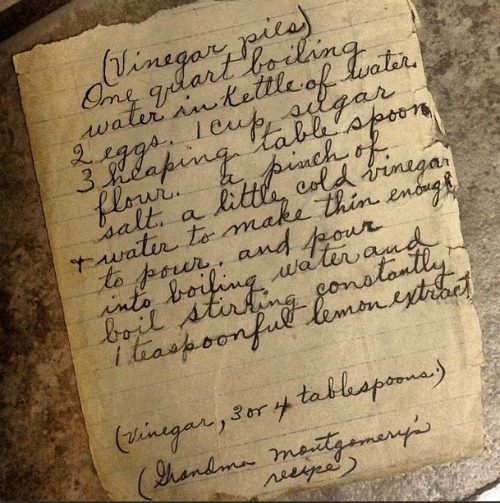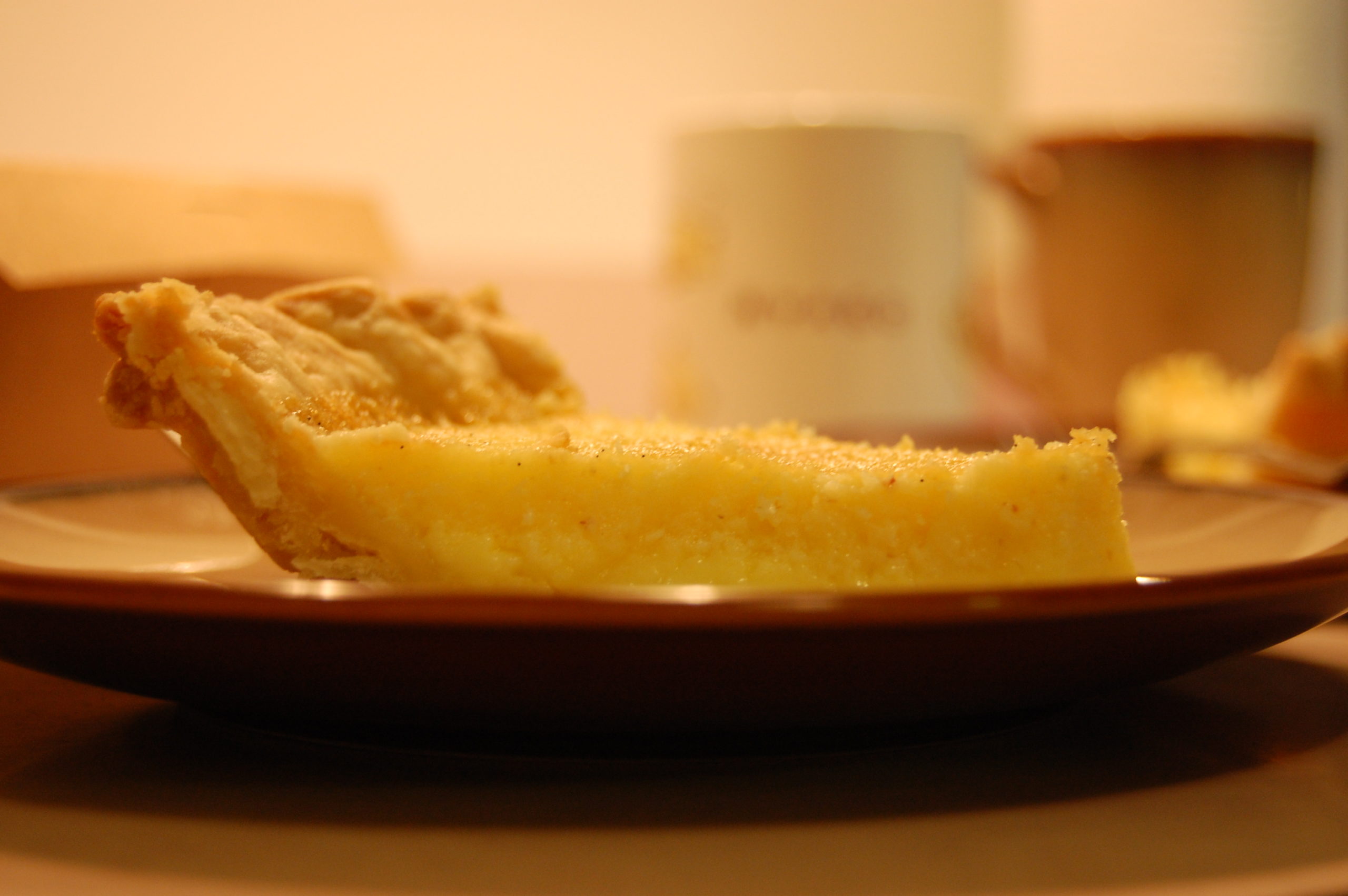by Mike Templeton
The holidays are a fine time for the Urban Appalachian Community Coalition to consider more Appalachian foodways. Mountain people have their own traditions during the holidays, and Thanksgiving is one holiday that is definitely centered on food. Holiday meals for many people in the Appalachian regions were dictated by economic necessity more than tradition. We have come to view the Thanksgiving turkey as the center of this holiday, but for poor and working-class Appalachians, a turkey might not have been feasible unless someone was able to shoot one in the wild. What most people in the mountains did have, or what they saved for the occasion, was a fat hen. Chicken and dumplings were the Thanksgiving meal for many people in the Appalachian regions. Most people had chickens, and even a scrawny hen can be compensated for with the other staples of Appalachian foodways. And it is relatively affordable to scrape together what almost anyone would need to make some dumplings that made the meal even more satisfying.
I need to note that chicken and dumplings that are made for the Thanksgiving holiday are not the same as the dish that would be made variously throughout the year. Erika Quesenbery Sturgill, writing in The Maryland Cecil Whig, explained that Thanksgiving chicken and dumplings consisted of a laying hen that had been fattened for the purpose. To give the dish a special flair, “(t)he uterus of that hen, or egg bag in Appalachia, would be emptied into the cooking dumplings providing the rich golden color in the dumplings and the savory broth.” It may not sound appetizing to our modern refined tastes, but to poor and working-class people who wanted something special for the holiday, this was a delicacy to be savored and for which they were thankful. It was also one of many ways people made use of everything they had at their disposal. Besides, if you haven’t tried it, don’t knock, at least that is what my mother always said.

We may think of pumpkin pie as the traditional Thanksgiving dessert, but in parts of Appalachia you might be more apt to find West Virginia vinegar pie. Vinegar pie is meant to mimic lemon pie. Since lemons do not grow in most of Appalachian region, resourceful bakers substituted vinegar for the tangy and acidic flavors of lemons. Vinegar pie appears to owe as much to African American cooks as it does to the contributions of some Swiss immigrants to the mountain regions of Appalachia. Vinegar pie is a true amalgam of cultures that all contributed to something that is now uniquely Appalachian. The persistence of this Appalachian favorite can be found in an article in The Cincinnati Enquire from 1970 that offered multiple recipes for vinegar pie. This was one Appalachian tradition that made its way from the mountains to the city.
As folks made their way to cities like Cincinnati, they held onto these traditions as best they could, although raising hens in the city was no longer feasible. Even as urban Appalachians took to what we generally accept as the traditional Thanksgiving turkey, some fondly remembered the mountain traditions of home. A 1974 article in The Cincinnati Enquirer tells us of George H. Lawson who had left his family farm at the age of 12 in 1920. Old and in ill health at the time of this article, Lawson remembered Thanksgiving as a boy on a farm in the mountains in which “Thanksgiving always consisted of chicken and dumplings and farm staples.”
Many urban Appalachians could not afford the big turkey dinner so many people take for granted and came to rely on each other for resources to celebrate the holiday. When Over-the-Rhine was still a largely working-class urban Appalachian neighborhood, some people could rely on folks like the Tuckers, of Tucker’s Restaurant fame, to help provide. Maynie Tucker and her husband Escom made it a practice to give out turkeys to poor families for Thanksgiving. This was just one of the many ways the Tuckers provided for the urban Appalachian neighbors over the years. The Urban Appalachian Council’s Appalachian Identity Center also provided assistance to people with an annual Thanksgiving dinner and Christmas food distribution drive.
All was not bleak for urban Appalachians at Thanksgiving. It was the economic advancement that industry provided that drew so many Appalachians to Cincinnati in the first place. But as Appalachians acclimated to urban life, the mountain traditions began to fade. There has been something of a renaissance in Appalachian cuisine, however difficult it may be to define such a thing. The farm-to-table movement has partially fueled interest in traditional Appalachian dishes and the appearance of these foods on restaurant menus. F.A.R.M. Café in Boone, North Carolina not only relies on local ingredients they also preserve the Appalachian tradition of providing for those who have less. F.A.R.M. Café offers a pay-what-you-can program in which patrons can offer to pitch in around the café if they cannot afford to pay. F.A.R.M. is an acronym for “Feed All Regardless of Means.”
If there is anything that defines the traditional Appalachian Thanksgiving, it is the commitment to making sure everyone is provided for. Thanks is given by giving to others. This has held true from the meager provisions of subsistence farmers to the modern city, and this belief is at the heart of the Urban Appalachian Community Coalition. By the time you read this, you will likely be getting your fill of leftover turkey. Perhaps everyone will be ready for a traditional Appalachian Christmas ham.
Sources cited in this article:
Reference to vinegar pie recipes is from The Cincinnati Enquirer. July 15, 1970.
The story about George Lawson is from The Cincinnati Enquirer. November 27, 1974.
Sturgill, Erika Quesenbery. “Ancestral Roots Grace Local Thanksgiving Tables.” https://www.cecildaily.com/our_cecil/ancestral-roots-grace-local-thanksgiving-tables/article_31771e1d-bca2-54d9-8ec2-3d5879e94b1f.html.
Mike Templeton is a writer, independent scholar, barista, cook, guitar player, and accidental jack-of-all-trades. He is the author of the forthcoming The Chief of Birds: A Memoir. Available later this year from Erratum Press, and Impossible to Believe, forthcoming from Iskra Books. Check out his profile in UACC’s new Cultural Directory. He lives in downtown Cincinnati with his wife who is a talented photographer. They spend their free time walking around the city snapping photos. She looks up at that the grandeur of the city, while Mike always seems to be staring at the ground.

